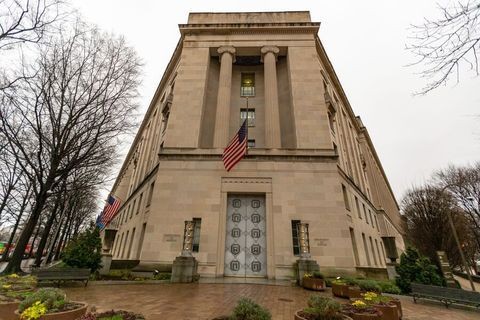The SBA’s PPP Safe Harbor Deadline—of Tomorrow—Remains Firm With Added Protection on Smaller Loan Amounts
Client Alert | 2 min read | 05.13.20
The Small Business Administration’s (SBA) shifting guidance on the economic necessity certification required by the Paycheck Protection Program (PPP) application has launched borrowers on a roller coaster ride the past few weeks. The SBA originally provided a safe harbor deadline of May 7, 2020 for PPP applicants who lacked an adequate basis for the certification to return their loans. Two days before the deadline, the SBA extended this deadline to May 14, 2020, while promising additional guidance on how the SBA “will review the certification.”
On May 13, 2020, the SBA updated its FAQ document, adding FAQ 46 stating that it addresses how the SBA will review borrowers’ economic necessity certifications.
There is good news for any borrower that—together with its affiliates—received PPP loans with “an original principal amount of less than $2 million.” Such entities will be deemed to have made the economic necessity certification in good faith, and the SBA has indicated it will not focus its finite audit resources on these borrowers’ economic necessity certifications.
For borrowers with loans greater than $2 million, if the SBA determines in the course of its review that a borrower lacked an adequate basis for its economic necessity certification, FAQ 46 provides that the SBA will seek repayment of the outstanding PPP loan balance and will inform the lender that the borrower is not eligible for loan forgiveness. But, so long as the borrower repays the loan after receiving notification from the SBA, FAQ 46 states that the SBA will not pursue administrative enforcement or referrals to other agencies based on its determination with respect to the certification concerning necessity of the loan request. Apart from this, the SBA is apparently not providing any additional guidance on how it will evaluate whether a PPP applicant made the economic necessity certification in good faith or what factors or standards borrowers should consider in determining whether they can make the certification in good faith and/or utilize the safe harbor period that closes tomorrow. This means that borrowers should still assess their individual circumstances against the certification language as well as the factors highlighted in the SBA’s FAQ 31, which discussed a borrower’s current business activity and ability to access other sources of liquidity sufficient to support ongoing operations in a manner that is not significantly detrimental to the business. Further, FAQ 46 raises new questions such as the ability or process to dispute SBA’s determination on the adequacy of the certification as well as terms and timing of repayment.
The safe harbor deadline to return PPP loans remains set at May 14, 2020.
Contacts
Insights
Client Alert | 3 min read | 01.21.26
Atlantic Biologicals Opioid DPA: DOJ Continues Ramp Up of Criminal Corporate Healthcare Enforcement
On January 13, 2026, Miami-based pharmaceutical wholesaler Atlantic Biologicals Corporation entered into a two-year DPA, admitting to conspiracy to distribute and dispense controlled substances, including more than 14 million opioid doses to “pill mill” pharmacies in Texas at a markup. The DOJ and DEA underscored the company’s deliberate evasion of compliance checks and disregard for red flags signaling diversion.
Client Alert | 3 min read | 01.21.26
FedRAMP Proposes Updates to Authorization Process—Six New RFCs Released for Public Comment
Client Alert | 3 min read | 01.20.26
DoW Joins SBA’s Fight Against Alleged Pass-Through Fraud in the 8(a) Program
Client Alert | 3 min read | 01.20.26
Federal Government Challenges Minnesota Law Requiring Affirmative Action in State Government





